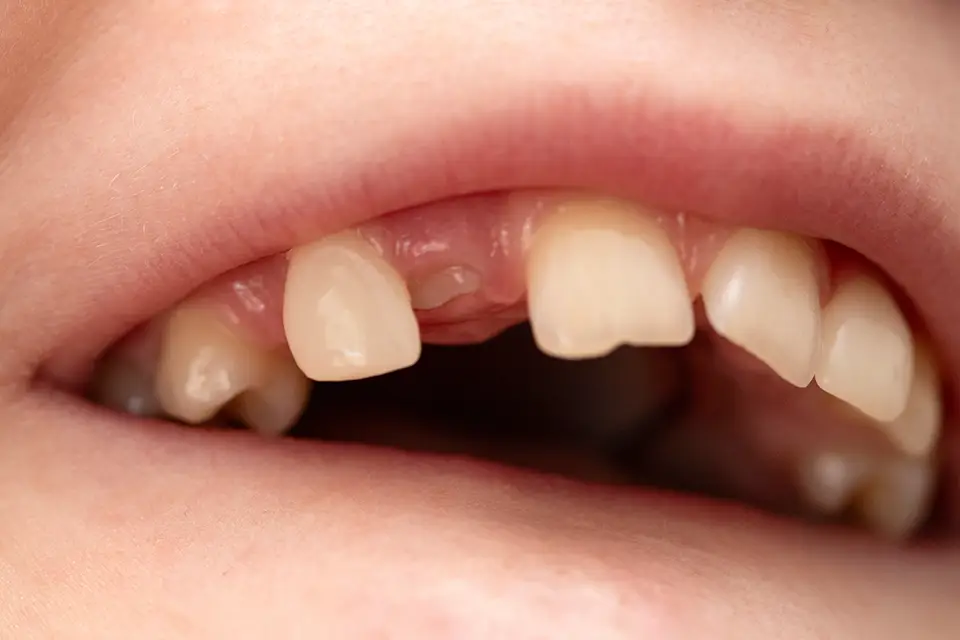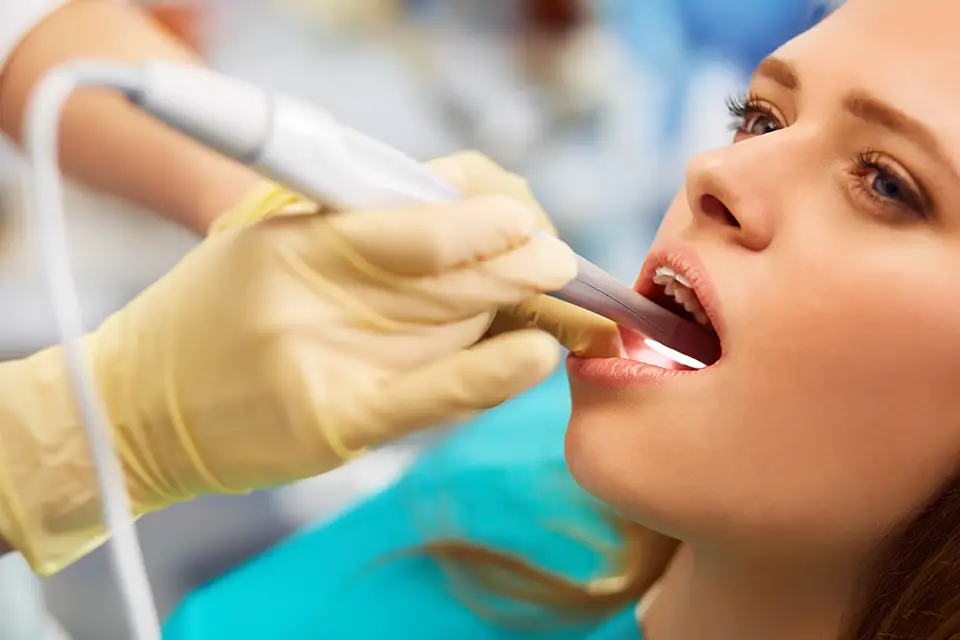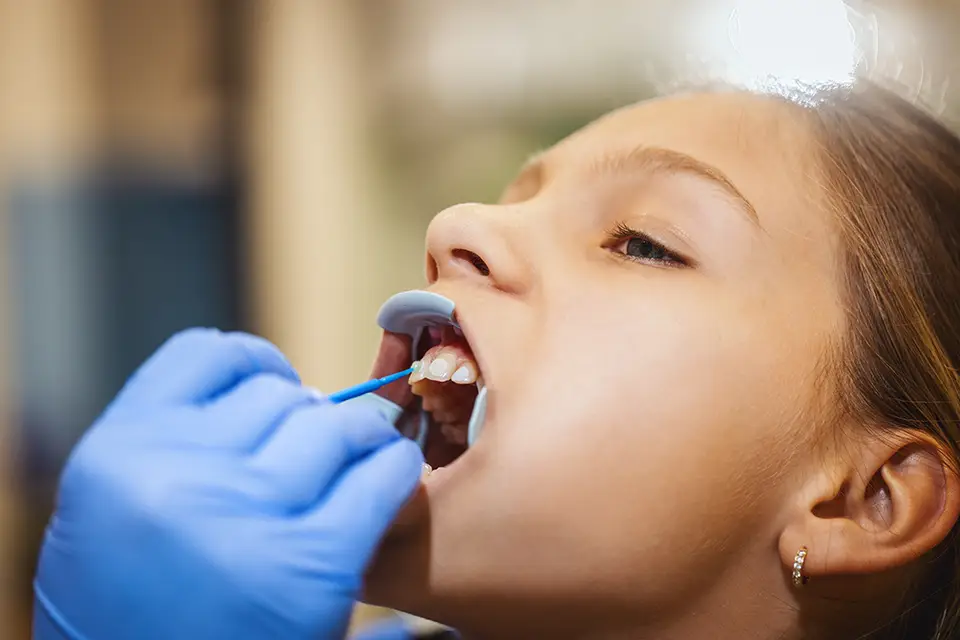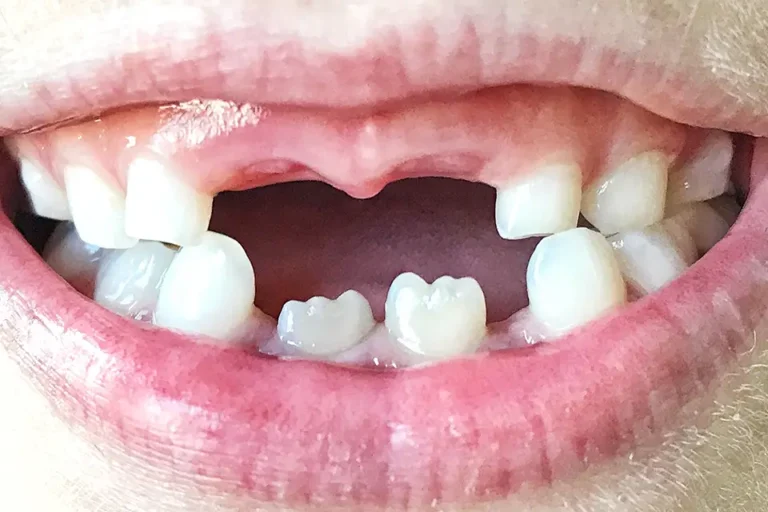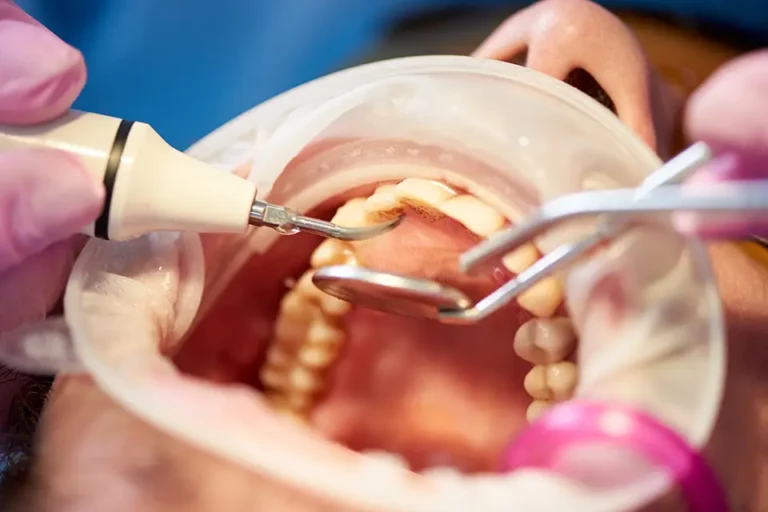Diastema is a gap or space between two teeth, most typically seen between the upper front teeth. This condition can affect children and adults, and its prevalence varies greatly. Furthermore, children frequently experience diastema as their permanent teeth emerge, which is a permanent condition. However, it might indicate underlying dental problems that necessitate professional intervention in adults.
Causes of Diastema
Genetic Factors
Genetics have an essential influence on the development of this condition. If one or both parents have gaps in their teeth, their children are more likely to have them. Moreover, this genetic predisposition results in spacing issues by affecting the size of the jaw and teeth.
Oral Habits
Certain oral habits can contribute to the development of diastemas. Thumb sucking, especially if it continues after the age of four, can cause pressure on the front teeth, pushing them apart. Similarly, tongue thrusting, which involves the tongue pressing against the teeth during swallowing, can form gaps over time.
Discrepancies in Jaw and Tooth Size
Diastema can occur when the jaw and teeth are not proportional. If the jaw is too large or the teeth are too small, extra space can result in gaps between the teeth. In many cases, orthodontic intervention is necessary to address this discrepancy.
Periodontal Disease
Diastema can result from periodontal or gum disease, which damages the tissues and supporting bone surrounding the teeth. Teeth can shift and create spaces as the gums recede and bone loss occurs. In order to prevent the development of additional dental problems, it is essential to address gum disease.
Missing Teeth
The displacement of adjacent teeth and the formation of gaps can result from the absence of teeth, whether due to congenital reasons or extraction. When premolars or lateral incisors are missing, the gap between the teeth becomes more noticeable and orthodontic or prosthetic treatment may be necessary.
Frenulum Attachment
The labial frenulum is a piece of tissue that connects the upper lip to the gums. If the tissue is overly thick or extends too far down, it might cause a gap between the upper front teeth. In addition, a frenectomy, a surgical procedure to remove or reposition the frenulum, is often recommended in these cases.
Types of Diastema
- Midline Diastema: A midline diastema occurs when there is a gap between the two front upper teeth. It is the most frequent type of diastema and can be caused by several factors, such as genetic predisposition, oral habits, and frenulum attachment.
- Lateral Diastema: Unlike the central incisors, lateral diastema develops in the gap between other teeth. Periodontal disease, tooth size discrepancies, or missing teeth can all contribute to this condition, frequently requiring additional orthodontic treatment.
- Temporary Diastema in Children: Temporary diastema is common in children as their baby teeth fall out and permanent teeth emerge. This transitional phase typically resolves on its own; however, additional evaluation by a dental professional may be necessary if the gap persists beyond the early teenage years.

Diagnosis
Dental professionals diagnose diastema by combining diagnostic tools and visual examinations. In order to identify the cause and extent of the gap, it is imperative to undergo a comprehensive dental examination.
Regular dental exams are essential for diagnosing diastema early. Dentists can monitor teeth and jaw development during these appointments, identify problematic oral habits, and offer suitable treatments.
Furthermore, dentists evaluate diastemas with a variety of diagnostic tools. Moreover, visual examinations assist in identifying the gap and determining its impact on overall dental health. In addition to detecting any underlying issues, such as bone loss or impacted teeth, X-rays offer detailed images of the teeth and supporting bone structures.
Which Treatment is Best for Diastema?
- Orthodontic Treatment: Braces and aligners are two common orthodontic procedures that close gaps between teeth. Braces apply continuous pressure to move teeth into the proper position, while transparent aligners provide a more aesthetically pleasing and comfortable solution for many patients.
- Dental Bonding: The process of dental bonding entails the application of tooth-coloured resin to the teeth to enhance their appearance and fill in any gaps. This minimally invasive treatment is appropriate for small diastemas and produces immediate results.
- Veneers: Veneers are thin shells of porcelain or composite resin that are custom-made to cover the front surface of the teeth. They can successfully fix gaps and improve the appearance of teeth, providing a long-term solution to this dental condition.
- Frenectomy: A frenectomy is recommended when a thick or low-attaching frenulum causes diastema. This surgical treatment involves removing or repositioning the frenulum, allowing the teeth to move closer together.
- Space Maintainers for Children: When children experience the loss of their baby teeth prematurely, space maintainers can be helpful. These devices assist in maintaining the space for the permanent teeth, thereby preventing the displacement of adjacent teeth and the development of this condition.
- Periodontal Treatments: If gum disease is the source of diastema, periodontal treatments are necessary to address the underlying problem. In addition to better oral hygiene, scaling and root planing can help manage the condition and prevent further gaps from forming.
Final Thoughts
Diastema, or gaps between teeth, can arise from various causes and present in different forms. While some gaps are temporary, particularly in children, others may necessitate professional help. Regular dental examinations and early diagnosis are critical for effectively managing this condition. Furthermore, individuals can achieve a healthy, gap-free smile with various treatment options, including orthodontics, dental bonding, veneers, frenectomy, and periodontal treatments. The experienced team at Zara Dental in Houston, Texas, is available to provide personalized advice and treatment.




